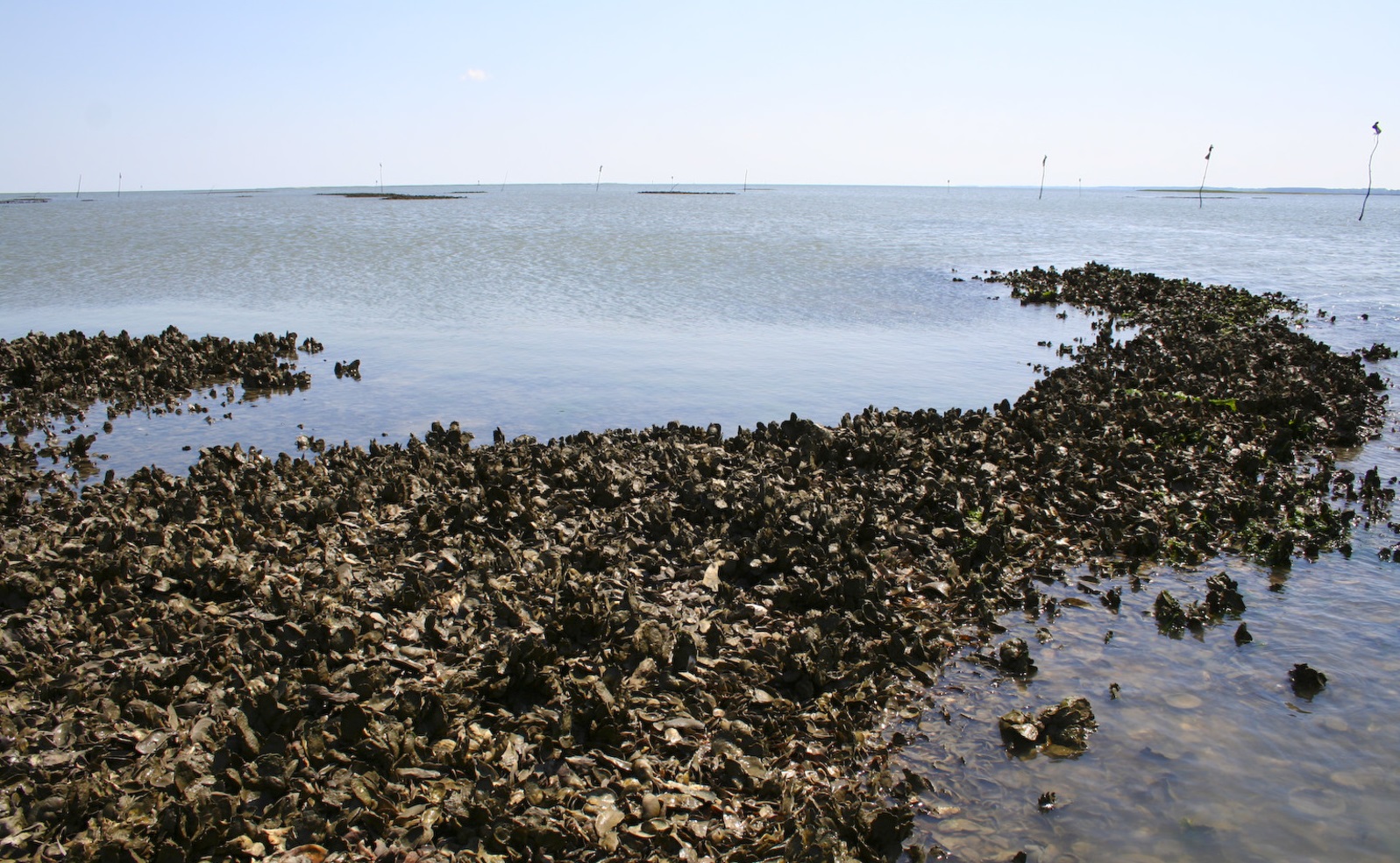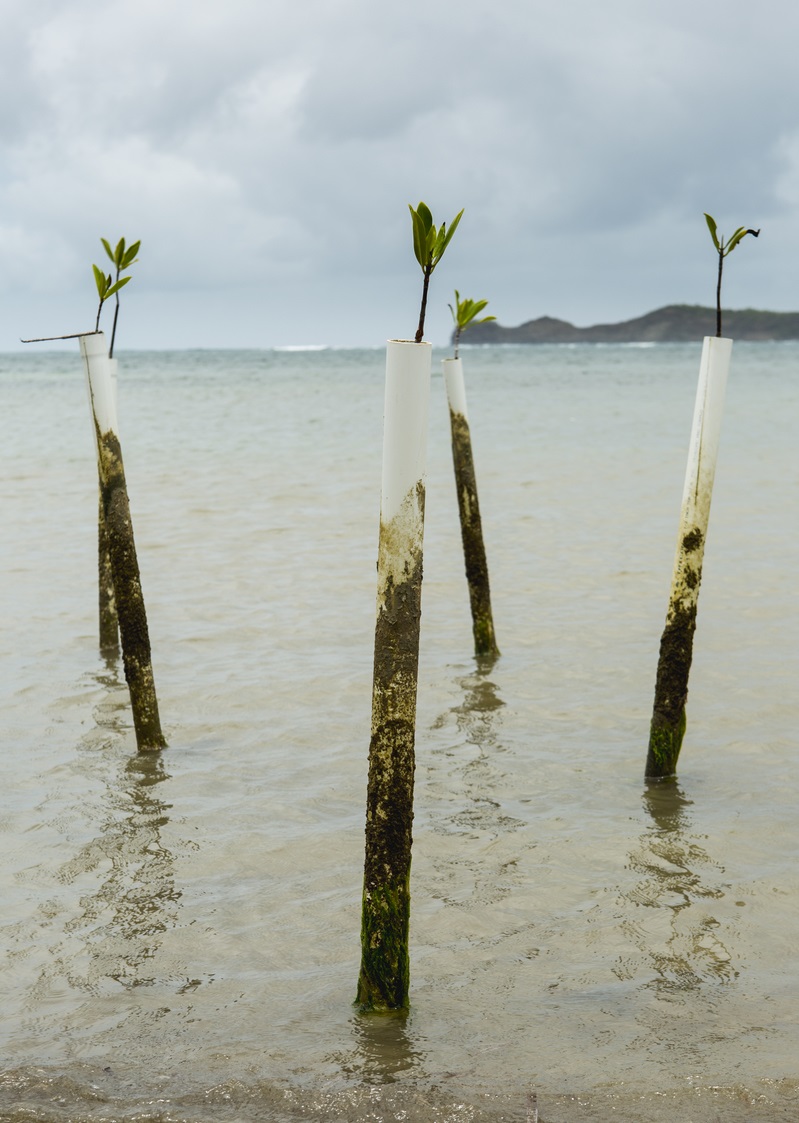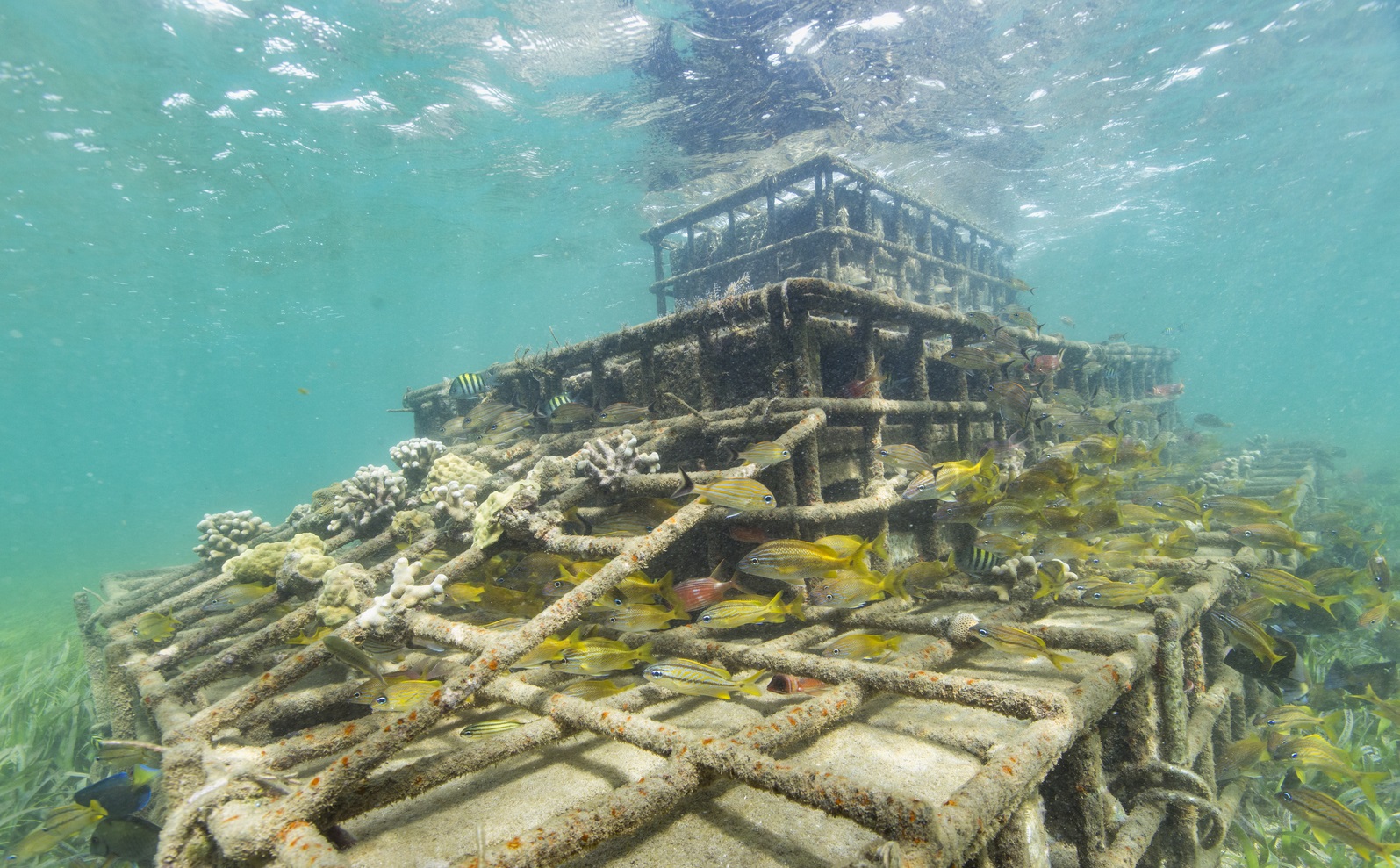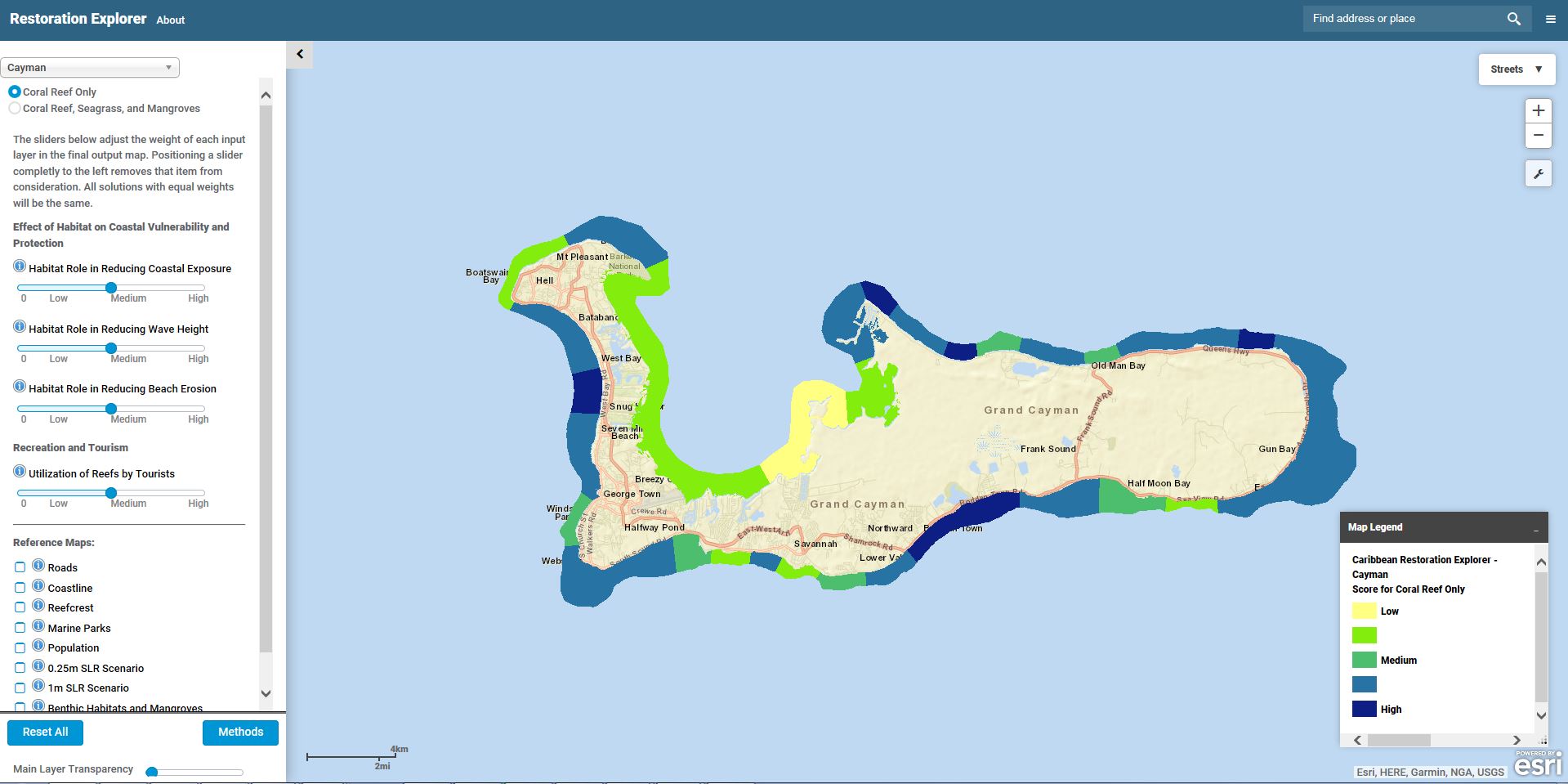Overview
Habitat loss to coastal development is among the most significant of threats to coastal biodiversity and ecosystem health. Historically these habitats were not recognized as providing important benefits and their loss was simply considered to be the collateral damage of commercial fishing and coastal development. Coastal salt-marsh, once perceived as mosquito breeding grounds, has been ditched, drained or filled to “reclaim” land for development. Oyster reefs, once a dominant feature in estuaries, were preyed upon for food, construction materials, or fertilizer and burned in large quantities to make lime. Coral reefs were bombed or poisoned to extract fish or dredged for ship channels and ports as well as being burned for lime production, and seagrass meadows were mown with trawl or dredge gear. Such losses accompanied the dramatic growth in coastal populations around the world. More than half of the world’s population now lives in coastal regions and, without sufficient thought, this has increased the impact on habitats that are sensitive to nutrient and sediment pollution such as seagrass meadows and coral reef.
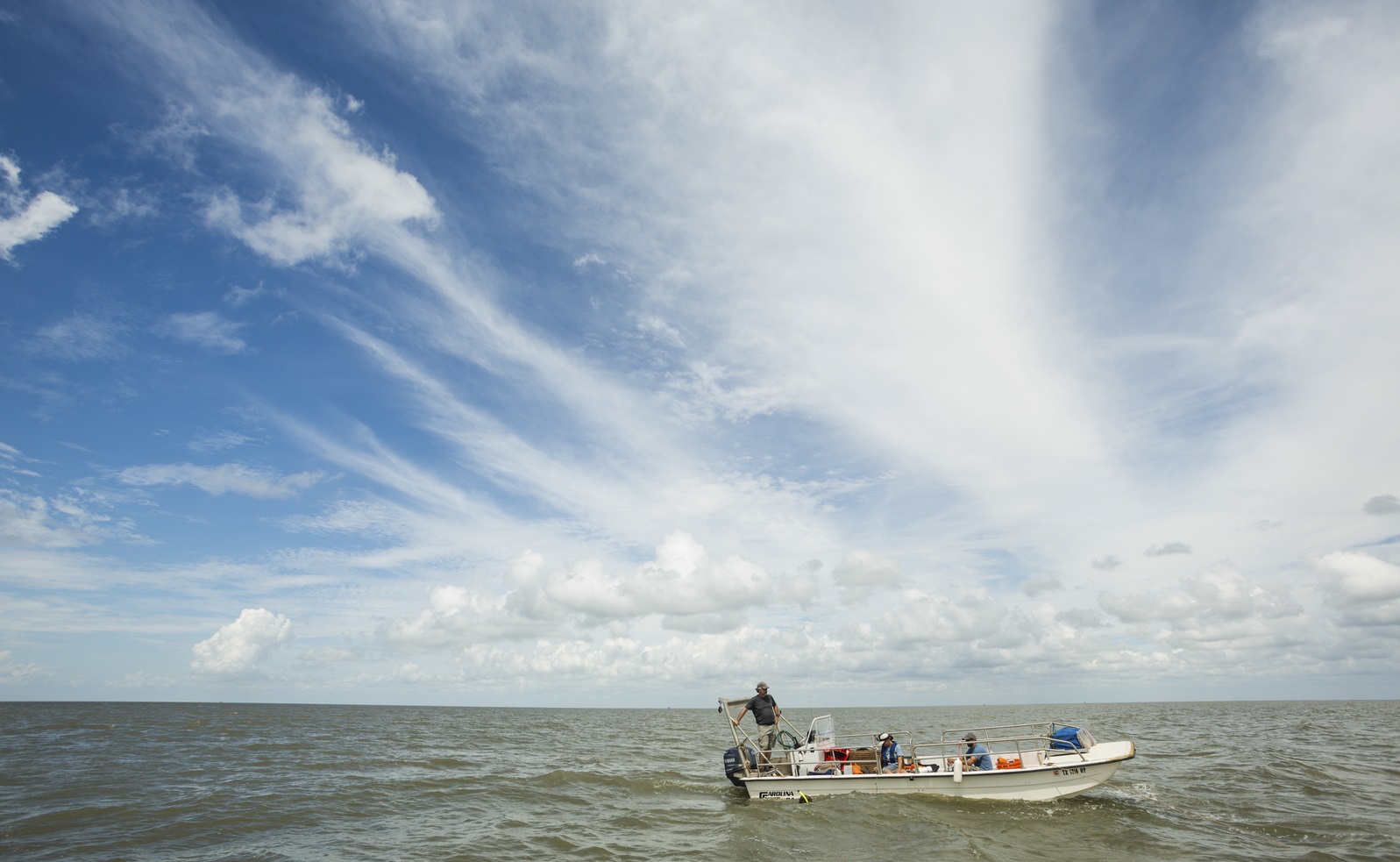
Thankfully, there is greater awareness today that coastal habitats generate the fish that support our fisheries, protect us from damaging storm surges and contribute to climate regulation. The ‘Mapping Ocean Wealth’ program has focused on documenting the extent of loss of these habitats and on quantifying the value of the services that have been lost, along with the habitat. The high value of these lost services now place coastal and marine habitat restoration, along with conservation of the remaining habitat, as an important priority for coastal communities and businesses.
Recognizing the area, or amount of habitat remaining (or lost) is a motivator for conservation, but even more powerful is a knowledge of the benefits, or ecosystem services, that can be gained through restoration. Predicting and documenting ecosystem benefits in quantitative terms— tons of fish produced, shoreline miles protected, carbon sequestered, polluting nutrients removed etc.—is key to appropriately evaluating return on investment realized through restoration.
Projects
Top image: ©Andrew Kornylak. Photo Credits in Text: © Jerod Foster, © Daniel White, © Tim Calver

